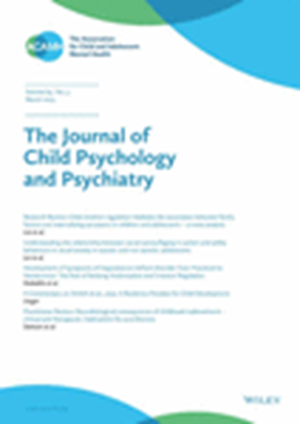Research Review: A review of the past decade of family and genomic studies on adolescent mental health
Abstract
Background
Mental health problems and traits capturing psychopathology are common and often begin during adolescence. Decades of twin studies indicate that genetic factors explain around 50% of individual differences in adolescent psychopathology. In recent years, significant advances, particularly in genomics, have moved this work towards more translational findings.
Methods
This review provides an overview of the past decade of genetically sensitive studies on adolescent development, covering both family and genomic studies in adolescents aged 10–24 years. We focus on five research themes: (1) co-occurrence or comorbidity between psychopathologies, (2) stability and change over time, (3) intergenerational transmission, (4) gene–environment interplay, and (5) psychological treatment outcomes.
Results
First, research shows that much of the co-occurrence of psychopathologies in adolescence is explained by genetic factors, with widespread pleiotropic influences on many traits. Second, stability in psychopathology across adolescence is largely explained by persistent genetic influences, whereas change is explained by emerging genetic and environmental influences. Third, contemporary twin-family studies suggest that different co-occurring genetic and environmental mechanisms may account for the intergenerational transmission of psychopathology, with some differences across psychopathologies. Fourth, genetic influences on adolescent psychopathology are correlated with a wide range of environmental exposures. However, the extent to which genetic factors interact with the environment remains unclear, as findings from both twin and genomic studies are inconsistent. Finally, a few studies suggest that genetic factors may play a role in psychological treatment response, but these findings have not yet been replicated.
Conclusions
Genetically sensitive research on adolescent psychopathology has progressed significantly in the past decade, with family and twin findings starting to be replicated at the genomic level. However, important gaps remain in the literature, and we conclude by providing suggestions of research questions that still need to be addressed.


 求助内容:
求助内容: 应助结果提醒方式:
应助结果提醒方式:


